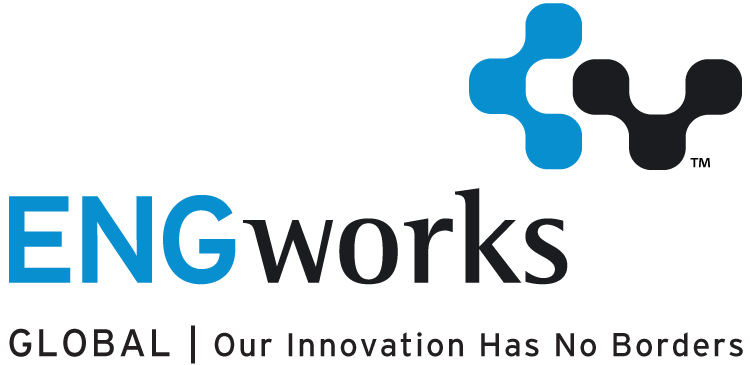Open Data for Interoperability

Open BIM Data is an accommodating advancement to mutual designing, comprehension, and procedure for the safeguarding of buildings based on open principles and workflows that consent to diverse stakeholders of a project to contribute to the data exercising their own inputs, with BIM compatible software.
Software interoperability is made possible by the implementation of universally acceptable standard information exchanges. There are assortments of singular file formats that people bring into play, and there are a lot of dissimilar techniques those practitioners and consultants will make use of when generating or creating a building.
The main objective of Open Data is to facilitate the distributions of digital ways of working in the built asset industry. Unfortunately, it is not an easy task of getting everyone to use the same page, even within the same organization. Thus, the firms end up utilizing a bunch of tools and workflows in the design process, and, in doing so, most of the work results in spending a lot of time when they are moving between those tools and inherently stakeholders.
In the case of other not-so-common firms, the main design toolkit encompasses nine to 10 software platforms, whereas the overall available tools number over 100. With numbers like these within one firm, it’s not surprising that interoperability is of such interest in the AEC industry. Interoperability also offers a way to help design and construction avoid becoming entrapped in outdated, proprietary systems. It is believed that to get the full benefits of digitization, you have to be able to work across not only vendor or package providers but also across all stages of the lifecycle of a building. It’s essential for everyone to work toward sharing data more effectively at all times. There are multiple challenges standing in the way of open BIM Data and interoperability. One of the biggest obstacles is a lack of understanding in the market about what Open Data really means.
The biggest challenge is about engagement; people understanding the benefits of digital ways of working and engaging in this process. The challenge we have is harnessing the resources to capture best practices in an open environment.
The best way to make files interoperable is to have a referee between software vendors, and that is exactly what buildingSMART International and the open BIM initiative are doing. The most important approach for adjudicating this business is the documentation of software. Qualifications are thus imperative for communicating between software because it promises a user the ability to translate data in a polygonal exchange as most of the big software vendors have the ability to read and write.
For more information about the buildingSMART International Open BIM initiative visit the link here: Open BIM
Please also connect with us on our social media platforms below to stay up to date with our announcements.
Related Posts
Leave a Reply Cancel reply
You must be logged in to post a comment.
Categories
- 4-Bullet Friday (22)
- BIM (19)
- BIM Content (3)
- Client story (1)
- Facilities Management (4)
- Innovation (11)
- Inspiration (26)
- Press Release (3)
- Technology (21)
- Tips & tricks (2)
- White Paper (3)




